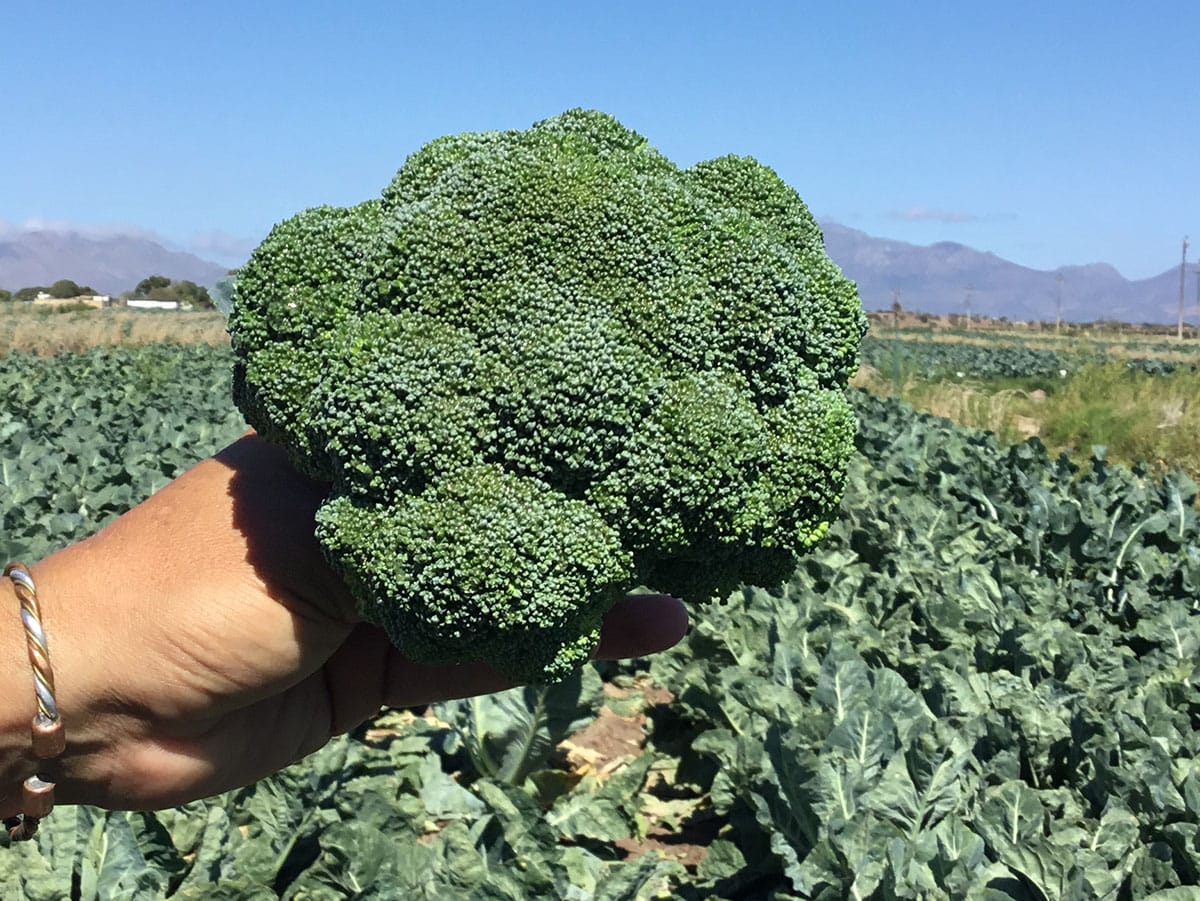
Growing your own broccoli at home is not only rewarding but also ensures you have access to fresh, nutrient-rich vegetables. Hybrid broccoli varieties are particularly popular among home gardeners due to their disease resistance, uniform growth, and high yield. This guide will walk you through the step-by-step process of growing hybrid broccoli seeds in your garden or indoors.
Why Grow Hybrid Broccoli at Home?
Hybrid broccoli offers several advantages:
- Disease Resistance: Hybrids are bred to resist common pests and diseases.
- Faster Growth: They mature quicker than traditional varieties.
- Consistent Yield: Hybrid plants produce uniform heads, making them ideal for home gardeners.
Additionally, growing broccoli at home saves money and reduces reliance on store-bought produce.

Choosing the Right Hybrid Broccoli Variety
Before planting, select a hybrid variety that suits your climate and growing season:
- For Spring Planting: Look for heat-tolerant varieties like ‘Windsor’ to avoid bolting in warmer weather.
- For Fall Harvest: Choose cold-tolerant hybrids such as ‘Marathon’ for a sweeter flavor.
Preparing to Grow Hybrid Broccoli Seeds
1. Select the Right Location
Broccoli thrives in cool weather with full sun exposure. Ensure your garden receives at least 6–8 hours of sunlight daily.
2. Soil Preparation
- Use well-draining, fertile soil with a pH between 6.0 and 7.0.
- Enrich the soil with compost or organic matter to provide essential nutrients
- Test the soil pH using a kit to ensure optimal conditions for broccoli growth.
How to Sow Hybrid Broccoli Seeds
1. Start Indoors
Starting seeds indoors ensures better control over temperature and germination:
- Fill seed trays with a quality seed-starting mix.
- Make small holes about ¼–½ inch deep using a pencil or dibbler.
- Place 2–3 seeds per hole and lightly cover with soil
- Water gently using a fine spray to moisten the soil.
- Seeds typically germinate within 4–7 days at temperatures between 45°F–85°F.
2. Transplanting Seedlings
Once seedlings develop 2–3 true leaves (about 4–6 weeks), they are ready for transplanting:
- Harden off seedlings by gradually exposing them to outdoor conditions over a week.
- Space plants 12–18 inches apart in rows that are 24–36 inches apart to allow proper air circulation and growth.
Direct Sowing in the Garden
If you prefer direct sowing:
- Wait until the last frost has passed for spring planting or mid-summer for fall crops.
- Sow seeds directly into prepared soil, spacing them as mentioned above.
- Thin seedlings after germination to maintain proper spacing.
Caring for Your Hybrid Broccoli Plants
1. Watering
Keep the soil consistently moist but not waterlogged:
- Water deeply once or twice a week, depending on weather conditions.
- Avoid overhead watering to reduce the risk of fungal diseases.
2. Fertilizing
Broccoli is a heavy feeder:
- Apply a balanced fertilizer (e.g., 10-10-10) during planting and side-dress with additional fertilizer every three weeks.
- Avoid over-fertilizing, as it can lead to hollow stems.
3. Pest Control
Common pests include:
- Cabbage Worms: Handpick or use organic insecticides like Bacillus thuringiensis (Bt).
-
Flea Beetles: Use row covers or neem oil sprays.
Regularly inspect plants for signs of infestation and take immediate action.

Harvesting Hybrid Broccoli
Harvest broccoli when the heads are firm and tight, before the flower buds open:
- Cut the central head with about 6–8 inches of stalk attached.
- After harvesting the main head, smaller side shoots will develop, allowing multiple harvests from one plant.
Storing Your Harvest
Freshly harvested broccoli is highly perishable:
- Store in a refrigerator at 32°F with high humidity for up to two weeks.
- For long-term storage, blanch broccoli florets in boiling water for 2–3 minutes, then freeze.
Common Challenges and Solutions
1. Bolting
Bolting occurs when plants prematurely produce flowers due to stress from heat or inconsistent watering. To prevent bolting:
- Plant during cooler seasons.
- Mulch around plants to retain soil moisture and regulate temperature.
2. Yellowing Leaves
Yellow leaves often indicate nutrient deficiencies or overwatering. Address this by:
- Adjusting your watering schedule.
- Adding nitrogen-rich fertilizers like composted manure.
Growing hybrid broccoli seeds at home is an enjoyable and fulfilling gardening project. With proper planning, care, and attention to detail, you can enjoy fresh, delicious broccoli straight from your garden.
Whether you’re a seasoned gardener or a beginner, this guide provides all the information you need to cultivate healthy hybrid broccoli plants successfully.
Start your gardening journey today and savor the rewards of homegrown produce!


